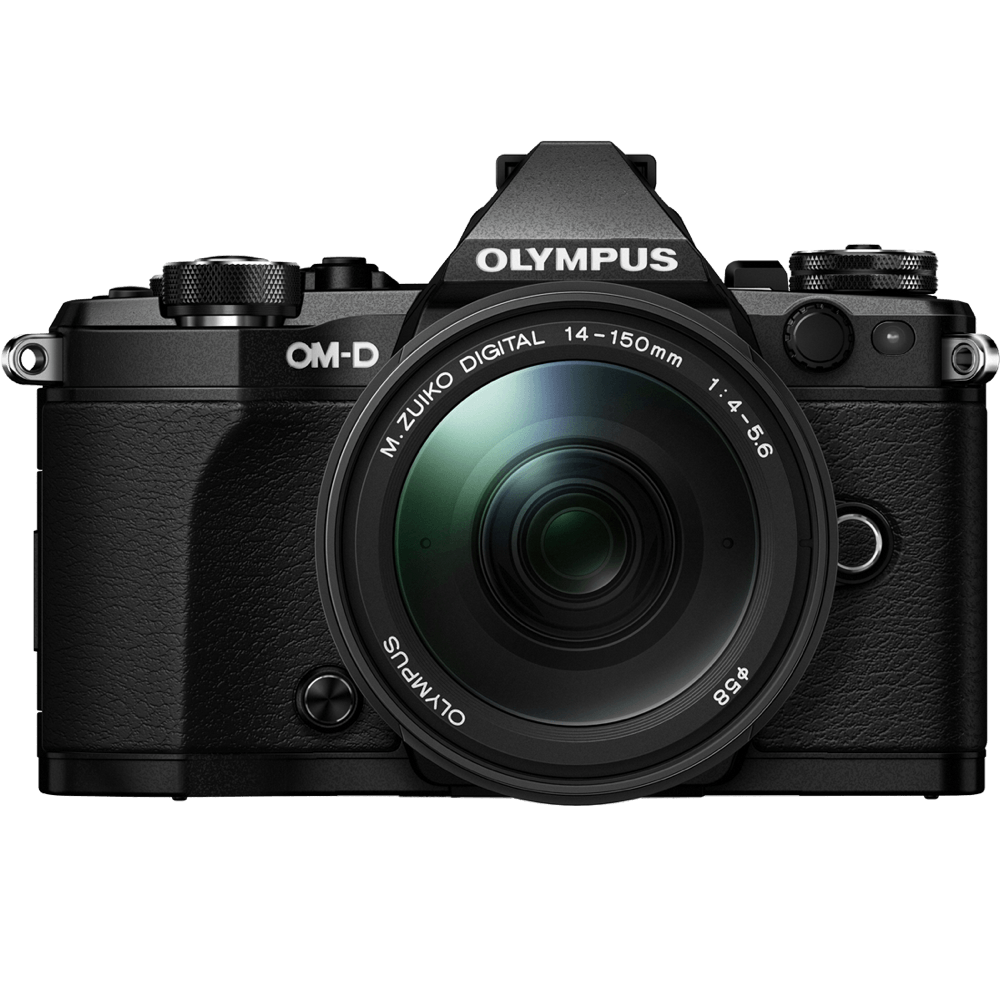Olympus OM-D E-M1 Specs and Scores

The Olympus OM-D E-M1 earns a score of 59/100 in our evaluation. Launched in 2013 with a price tag of $1399, this mirrorless camera has dimensions of 130 x 94 x 63mm and weighs 497g, or 1.10lbs. Despite being an older model, the E-M1 still holds its own in today’s market, offering solid specifications for photography enthusiasts. The camera’s dimensions and weight make it a compact and portable option, perfect for capturing life’s moments.
Olympus OM-D E-M1 Overview and Optics
The Olympus OM-D E-M1 receives a score of 58/100 for its optics. This camera features a 16.3-megapixel CMOS sensor, with a shooting speed of 10 frames per second. Its processor is the TruePic VII, and it has a DXOMARK score of 73 for its sensor performance. The camera uses a Micro Four Thirds sensor size, with a Micro 4/3 lens mount. It also includes image stabilization and has an aspect ratio of 4:3.
These specifications place the E-M1 in a competitive position within today’s market. The 16.3-megapixel resolution is on par with many other cameras, while the 10 fps shooting speed is suitable for capturing fast-paced action. The TruePic VII processor ensures efficient image processing, and the DXOMARK score of 73 confirms the sensor’s solid performance. The Micro Four Thirds sensor size and lens mount provide compatibility with a wide range of lenses, while the image stabilization helps in capturing sharp images.
The Olympus OM-D E-M1’s optics provide a reliable and versatile performance for various photography needs. Its specifications make it a strong contender in the current camera market, offering photographers a capable tool for capturing quality images.
Olympus OM-D E-M1 Video Performance
The Olympus OM-D E-M1’s video capabilities receive a score of 57 out of 100. The camera features a maximum video resolution of Full HD (1920 x 1080) and can record at a maximum frame rate of 30fps. This resolution and frame rate is a standard feature in the market, but it falls short when compared to the 4K video capabilities of many contemporary cameras.
Additionally, the E-M1 includes built-in time-lapse functionality, which is a useful feature for creating dynamic videos. However, considering the rapid advancements in video technology, the E-M1’s video capabilities may not meet the expectations of users looking for cutting-edge performance in this area.
The Olympus OM-D E-M1 delivers solid video performance but may not be the top choice for those prioritizing video capabilities in their camera selection.
Olympus OM-D E-M1 Features and Benefits
The Olympus OM-D E-M1 receives a feature score of 70 out of 100. With a 3-inch touchscreen and a resolution of 1,037,000 dots, the camera provides a clear and responsive user interface. The flip screen adds versatility, allowing users to capture images from various angles. However, the camera lacks GPS and Bluetooth capabilities, but compensates with built-in Wi-Fi for easy sharing and remote control.
Comparing the E-M1’s features to other cameras in today’s market, it holds a strong position with its touchscreen, flip screen, and Wi-Fi functions. However, the absence of GPS and Bluetooth might be considered a drawback for some users. Despite these minor shortcomings, the Olympus OM-D E-M1 remains a reliable and user-friendly option for photography enthusiasts.
Olympus OM-D E-M1 Storage and Battery
The Olympus OM-D E-M1 receives a storage and battery score of 21/100. This camera has a single memory card slot that accepts SD, SDHC, and SDXC cards. In today’s market, having only one memory card slot might not be sufficient for professionals who require backup storage options.
Regarding battery life, the E-M1 provides 350 shots per charge with its BLN-1 battery. This battery life is considered low compared to competitors in the market. Moreover, the camera lacks USB charging capabilities, which can be a drawback for users who need on-the-go charging options.
Taking into account the storage and battery specifications, the Olympus OM-D E-M1 falls short in meeting the demands of today’s photographers.
